In today’s world, there are many distractions for children and teenagers, including gadgets, new movies, video games and the never dimming attraction of social media and the internet. As a result, it can get exceedingly difficult for students to concentrate on their lessons. What is mindfulness in a nutshell? It is the opposite of multi-tasking. Mindfulness is about giving your full attention to what you do.
Teaching mindfulness to students can positively influence their behavior, attitude, and decision-making.
How Does Mindfulness Help Students?
Mindfulness means that full attention is given to the task at hand. It involves a person slowing down to focus on one task at a time, with care and purposeful watchfulness. Here are some benefits that students can get from mindfulness. Incorporating mindfulness into the school’s curriculum is an excellent way to promote social and emotional learning in a classroom with its benefits not limiting to the classroom but outside of it too.
Deal better with stress
By teaching mindfulness tips to students, college students get better at dealing with stressful situations and can focus on one task at a time. It increases emotional and social intelligence and maturity that helps students function well even when they face frustrations. Instead of giving into panic and anxiety, they will learn to ignore distractions and reason accurately and clearly, which will help them later in life.
Mindfulness practices trigger a dip in cortisol levels, the body’s primary stress hormone. This internal chill translates to calmer nerves and less anxiety in the face of academic challenges.
Improves attention span
Research performed on a population of students with ADHD revealed that benefits of mindfulness for students with ADHD improves the attention span. This creates a noticeable positive impact on their learning, their relationships with peers, their communication skills, and their emotional well-being.
Beyond mere focus, mindfulness practices like meditation and mindful breathing help students train their attention like a muscle. They learn to observe and acknowledge distractions without getting swept away, allowing them to return to their tasks more clearly and efficiently. This enhanced focus spills over into all aspects of their lives, improving their learning, relationships, and overall well-being.
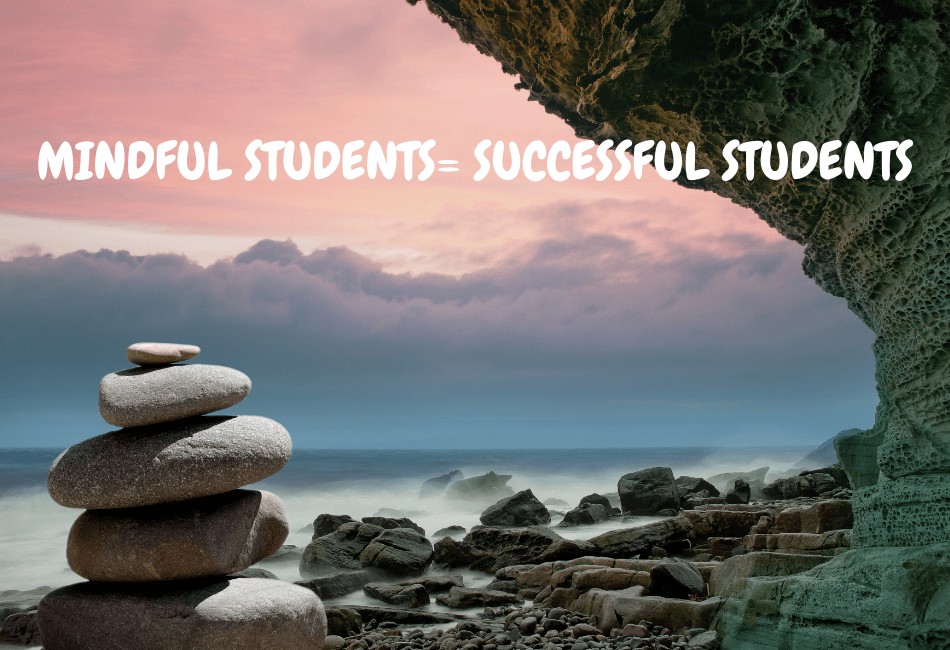
Better emotional intelligence
Children learn most of the social interactions in school. Mindfulness has been proven to be a method to improve emotional intelligence (EQ) in students from research by Rodríguez-Ledo César et al [4]. Children are able to get a better understanding of their emotions and of the people around them which in turn will help them improve empathy and deal with challenges in a more constructive manner.
Enhanced memory and cognitive performance
When fully present, students process information more effectively and encode it into long-term memory. This presence leads to better recall, problem-solving skills, and greater creativity.
How Does Mindfulness Help Educators?
Not only students but teachers do reap the benefits of mindfulness and so does the school. According to mindfulschools.org teachers who learned mindfulness have experienced:
- More efficiency in carrying out their tasks
- Less stress
- Classroom being emotionally supportive
- Better organised classrooms
School-Wide Benefits:
- Positive school culture – When mindfulness permeates the school culture, it creates a ripple effect, leading to a more positive and collaborative atmosphere.
- Enhanced creativity and innovation –Mindfulness fosters open-mindedness and an awareness of the present moment, which can spark creativity and innovative thinking in students and teachers alike. This effect can lead to more engaging lessons, exciting learning experiences, and a positive school culture.
- Stronger community bonds: Mindfulness practices like shared meditations can cultivate a sense of community and belonging within the school. This practice fosters trust, understanding, and a supportive environment for everyone.
Mindfulness Questions to ask Students
Firstly, before making it a student activity, these are mindfulness questions to ask yourself. Questions are vital for the mindfulness journey because the answers lead to self-discovery, self-awareness, and self-betterment.
The principle of asking questions is simple. Imagine pressing down on a button with a lot of determination and focus on your mind. Some questions may reveal answers that lead to empowerment while others may lead to answers that cause pain and denial. Feelings are prompted by the thoughts that questions provoke.
When it comes to mindfulness questions for students, here are some examples that you can try.
- What do you desire the most?
- What are your plans to help you reach your academic goals?
- What are you most grateful for?
- How can you have a positive outlook on life today?
- How can you treat people with more empathy and kindness?
- What do you need to forgive yourself for?
- What thoughts or things are causing you anxiety today?
- How can you reduce the anxiety you feel about that situation?
- What made you happy today?
You should list down these questions somewhere where you can see them daily. There are so many more questions you can create from this stem. The focus of the mindfulness questions should be to get answers that will empower, stimulate courage and creativity, and ultimately lead to mindfulness practices for students.
Important Mindfulness Tips for High School Students
Are you in high school and are wondering how to practise mindfulness as a student? If so, here are some mindfulness tips for high school students that you can follow to help you cultivate a habit of practising mindfulness on your own.
Mindful Meditation
A vital mindfulness tip is to set aside time each day to do self-reflection and analysis. Meditation is a technique that can help high school students with this, but it requires lots of practice. It should last for 7-10 minutes per session for beginners.
Meditation should be performed in quiet places and should be done during the time of day when there are no distractions. Probably early in the morning or just before bedtime. You can place a mat on the floor and sit straight and begin to focus on a favourite quote or mantra.
Once you are comfortable and relaxed, try focusing on your breathing. The point of this is to relax the mind so that the body will also feel relaxed.
As mindful meditation is practised, mental clarity, focus and attention spans will be improved, and stress levels will be decreased. Your senses will be opened, and you will notice details and appreciate life more profoundly.
Do not get frustrated if you lose focus quickly in the first few sessions. Meditation may be difficult at first, but with time and practice, the benefits of mindfulness for students will begin to show forth.
Mindful Living
For mindful living to be maximized, students need to make mindfulness a lifestyle. This means that even mundane, daily activities should be used as exercises to increase mindfulness.
It eliminates small habits that have huge detrimental effects on lives, such as spending too much time on social media. Of course, these changes cannot occur in a single day. Therefore, you should take it one day at a time and practice mindfulness with small activities.
For example, mindfulness for students may begin in the cafeteria where you pay full attention to eating and enjoying your company, instead of gadgets. Also, create periods of the day wholly dedicated to reading time. Studies have shown that mindful reading and listening increases mindfulness for students and reduces the effect of dyslexia and attention deficits.
Mindfulness Resources for Students
- Meditation Resources
Resources available for mindfulness activities for students include meditation guide Apps such as Calm, Headspace, Insight Timer, Dreamykid, Chill, and many more. These apps are helpful for beginners. You can also try one of the Online Games such as Solitaire. Solitaire is a great game for calming the mind because it helps to put you into a light meditative state. This is true for some who tend to worry or suffer from anxiety. Solitaire gives the mind something to focus on, particularly in times of low action when the opportunity to fret is high.
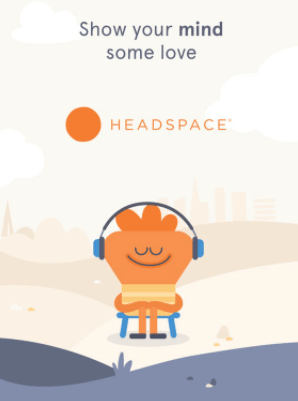
- SMART checklists
Other resources include setting SMART checklists daily. These checklists include goals that are specific, measurable, attainable, realistic and time-bound. Research on SMART checklists has proven to increase mindfulness, focus and academic performance.
- Screenless Saturdays
An article by Minimalist discussed the positive impact going screenless has on individuals. They compared it to having a social media detox or diet. They suggest going completely screenless, avoiding computers and all social media platforms.
This is one of the many mindfulness practices for students, that will give you a motivational boost. It is exhilarating to exhibit self-control. Students also get to be mindful about the world around them, and to rejuvenate and enjoy other activities.
There are mindfulness activities for students. Some of these activities include visualization, body awareness, relaxation and breathing exercises.
Self-Esteem and Confidence Journal
A journal that promotes a growth mindset, gratitude and mindfulness. Grab your kids a copy and complete a few pages each day.
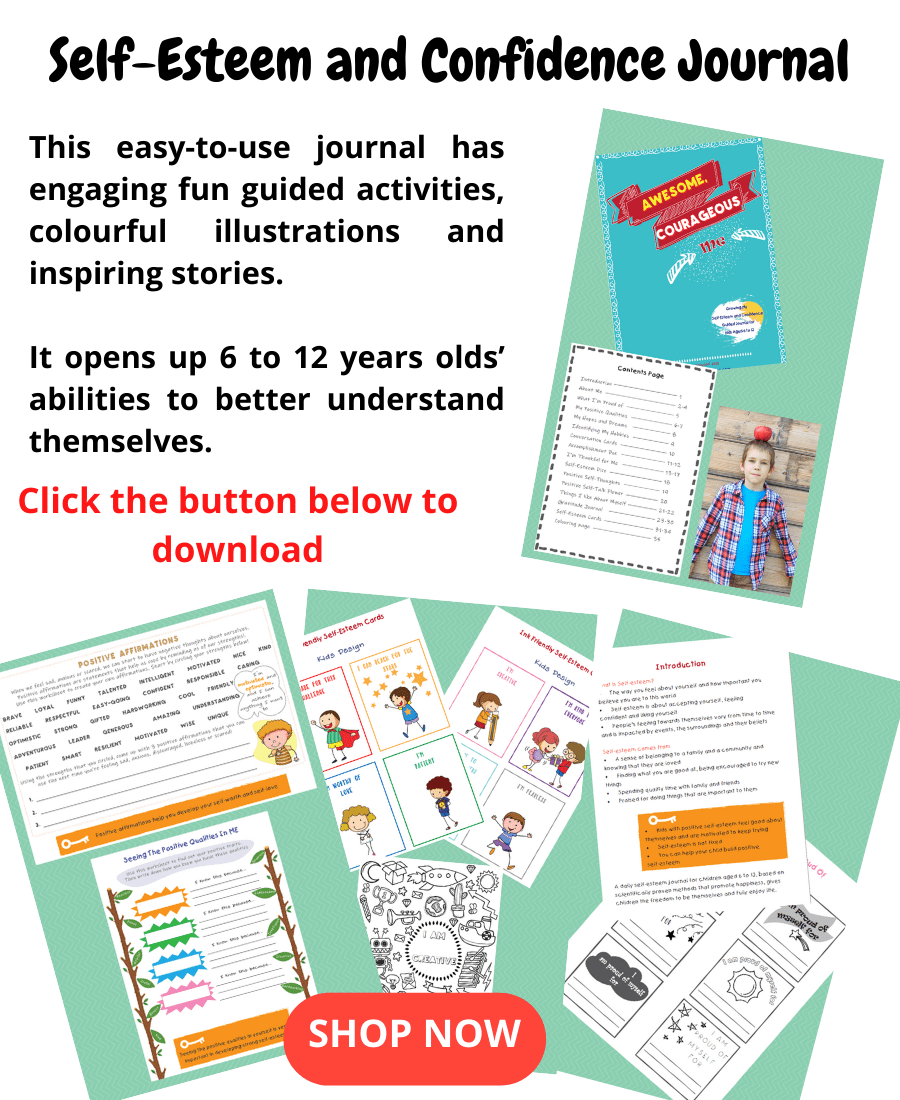
Conclusion
Teaching mindfulness to students is becoming more and more vital in the world today. With the advancement of technology at its peak, many students find it difficult to concentrate on their schoolwork. Mindfulness techniques increase the attention span, reduces anxiety, and teaches students emotional maturity. These techniques will help them function optimally even beyond the classroom.
Sources
- Sherry Gordon, Benefits of Mindfulness For Kids And Teens, 2020 https://www.verywellfamily.com/benefits-of-mindfulness-for-kids-4769017
- 2. Jennifer Okafor, Mindfulness for students- Benefits and Practice, 2020 https://www.trvst.world/inspiration/benefits-of-mindfulness-for-students
- Ronit Baras, Mindful Questions To Change Your Life for Better, 2020 https://www.ronitbaras.com/emotional-intelligence/personal-development/mindfulness-questions-change-life-better/
- Rodríguez-Ledo César, Orejudo Santos, Cardoso Maria Jesús, Balaguer Álvaro, Zarza-Alzugaray Javier. (2018). Emotional Intelligence and Mindfulness: Relation and Enhancement in the Classroom With Adolescents.
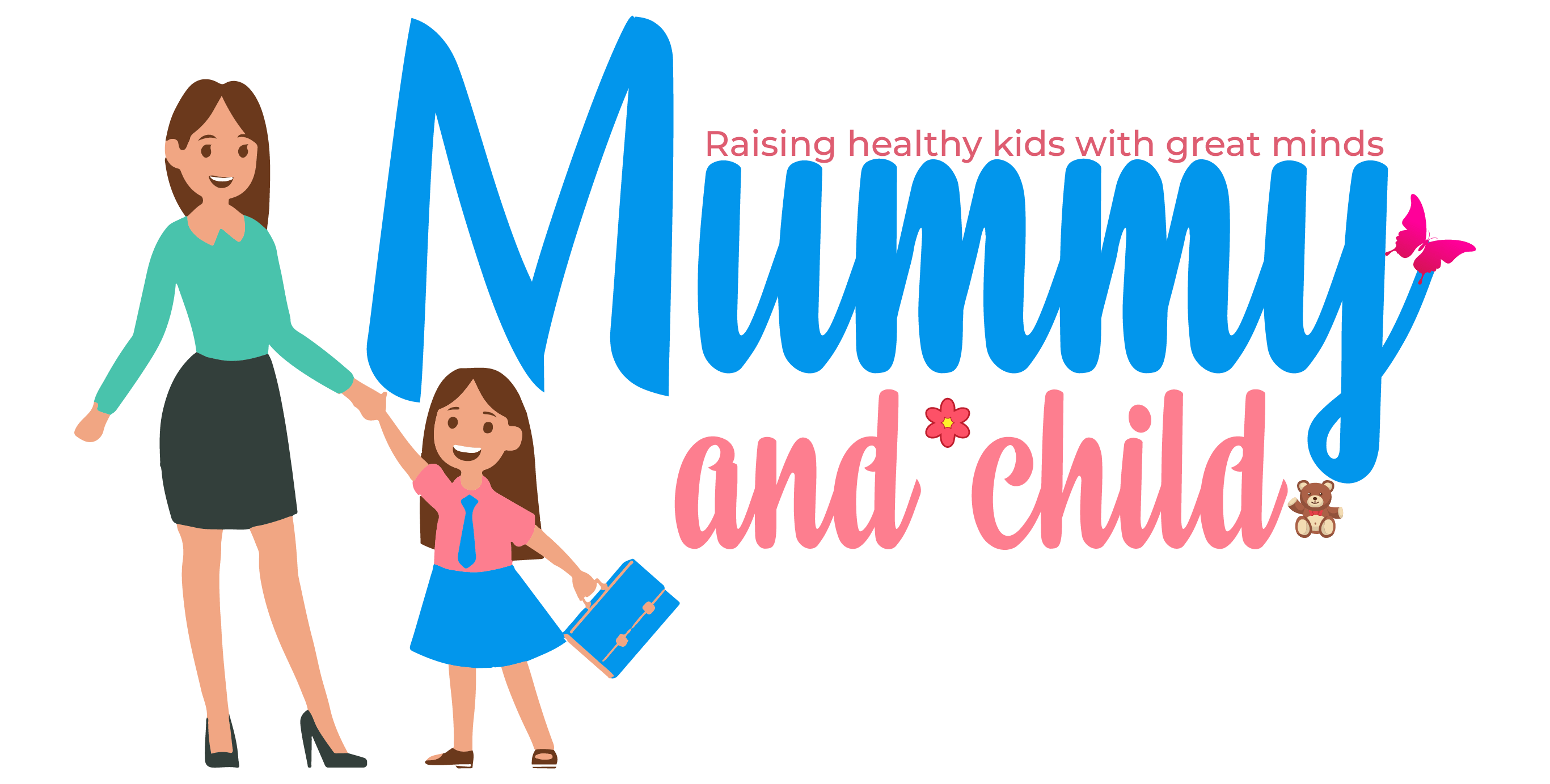
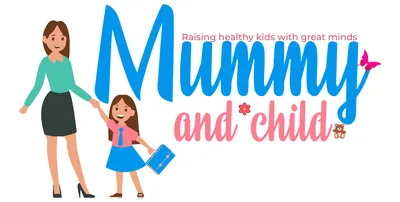

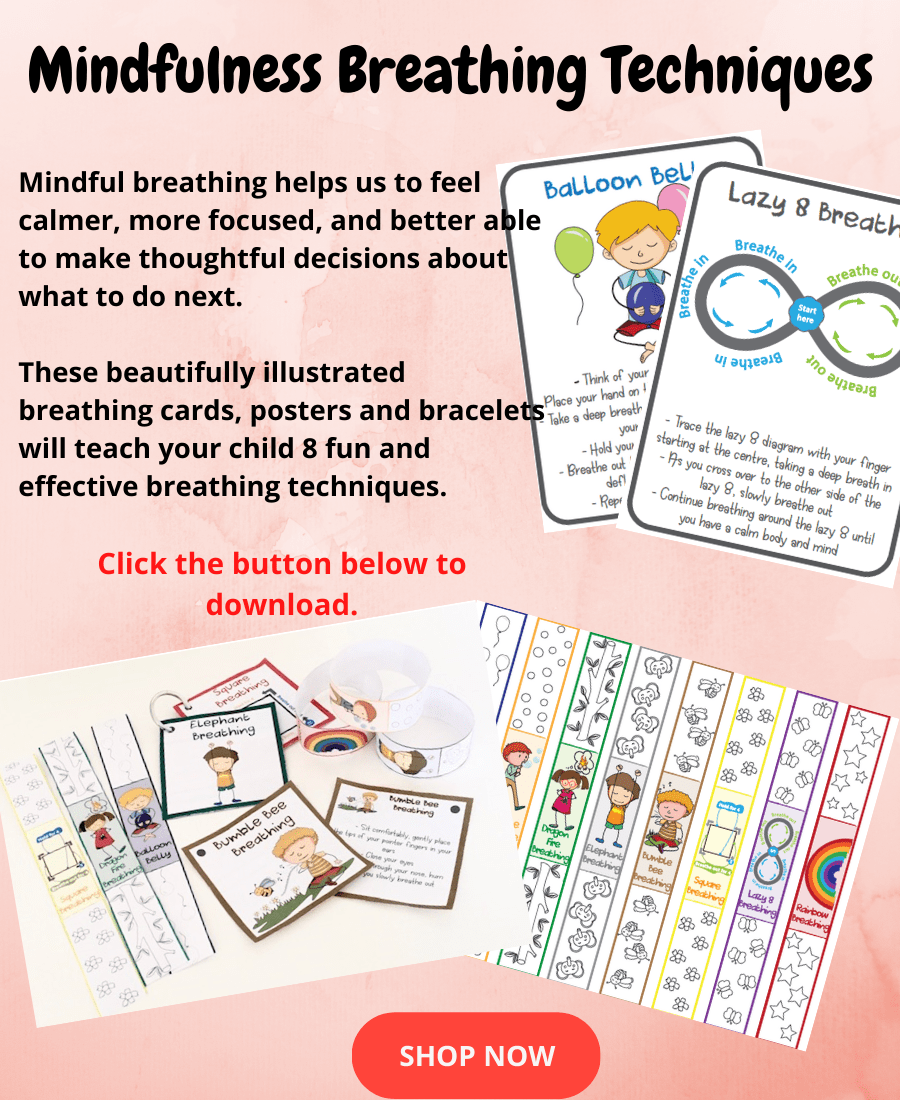
Comments are closed.